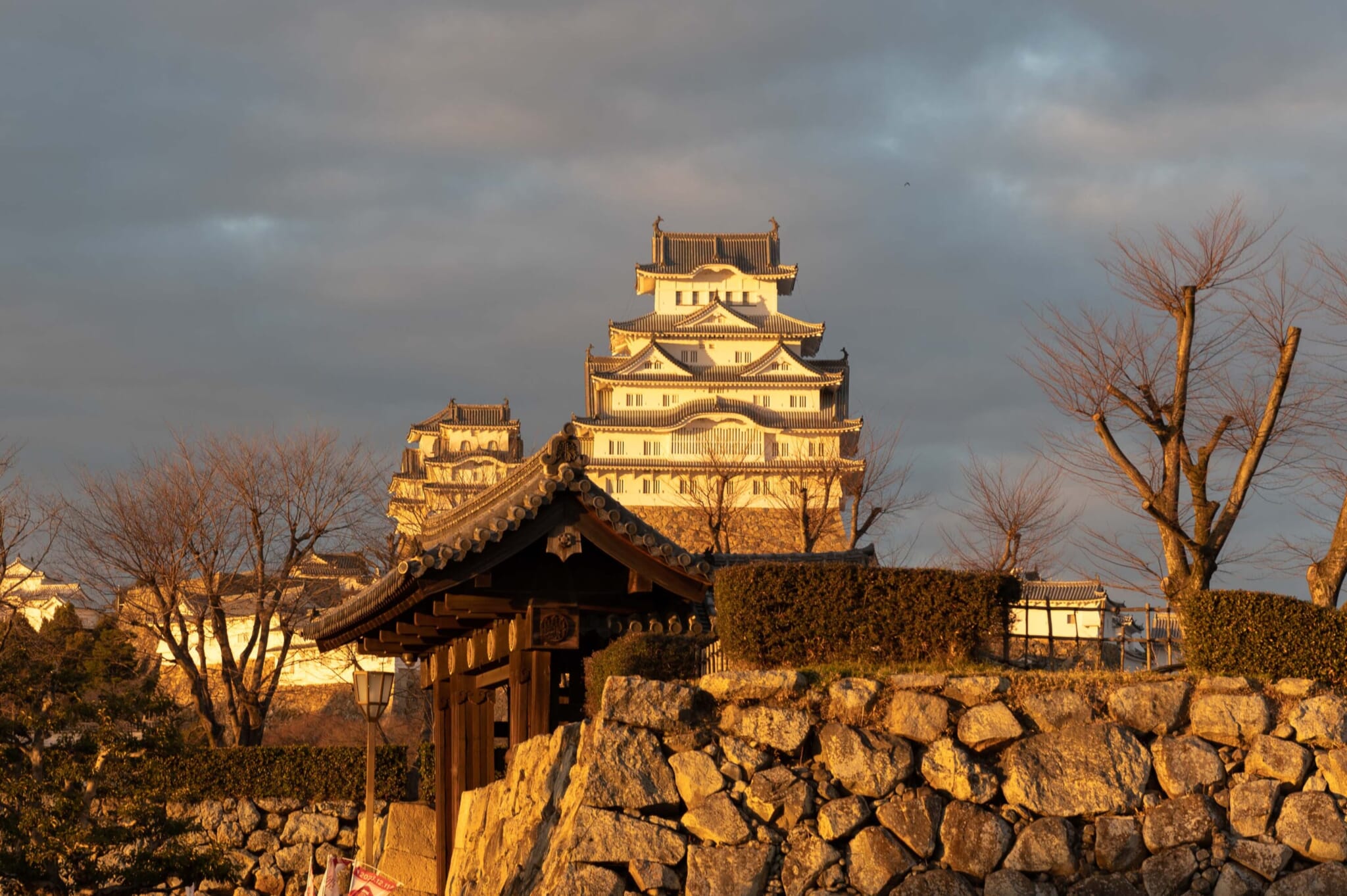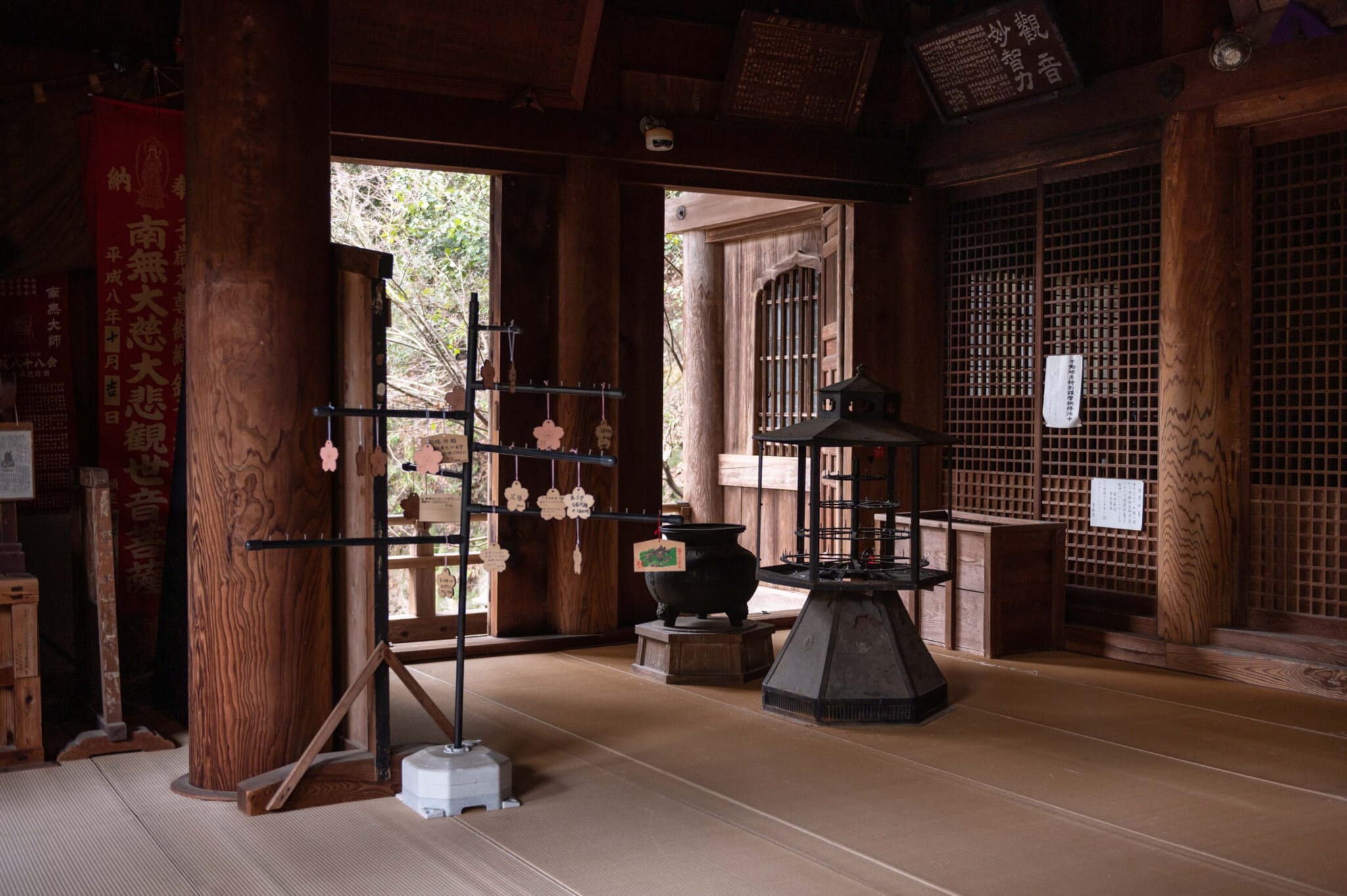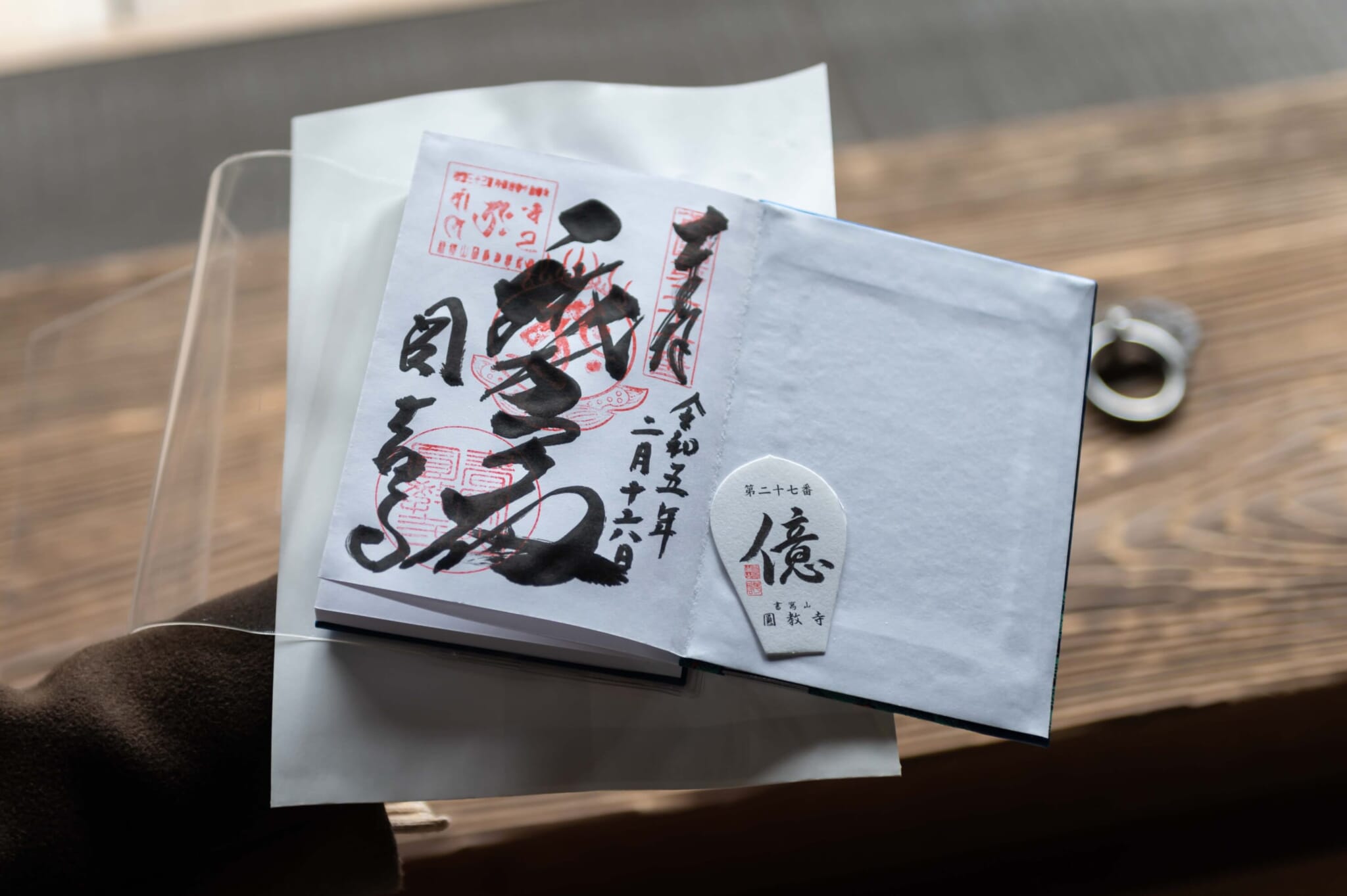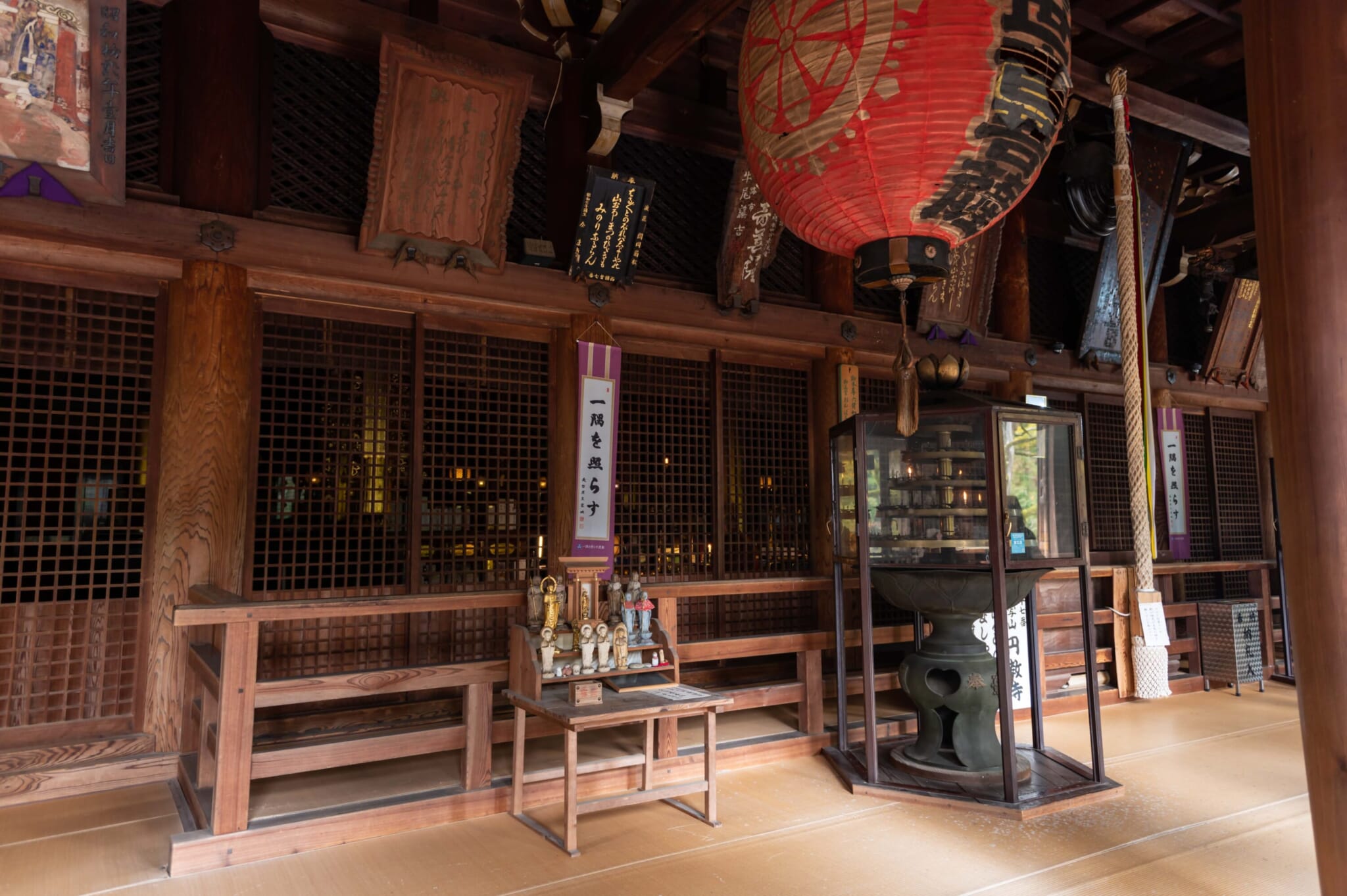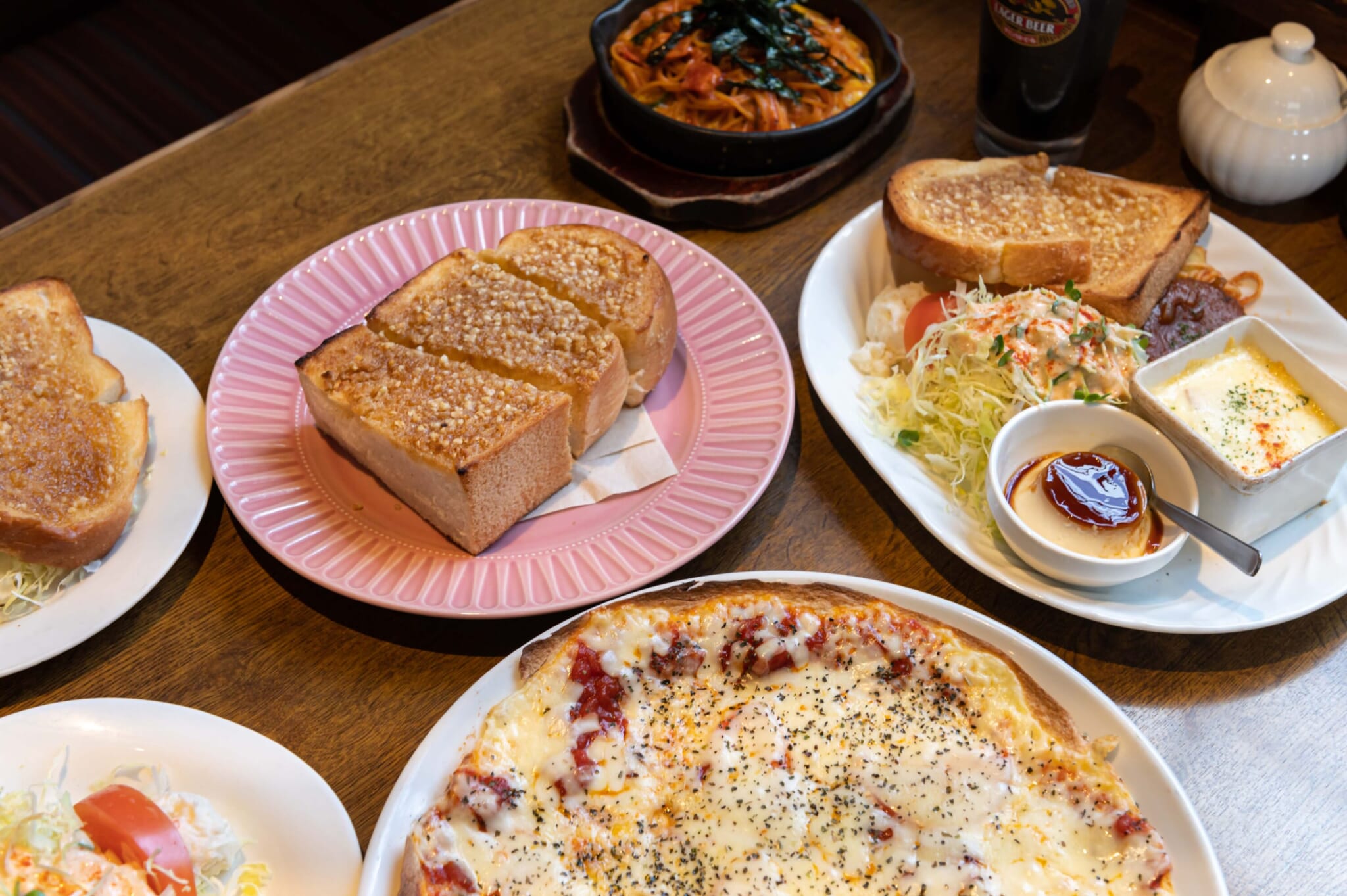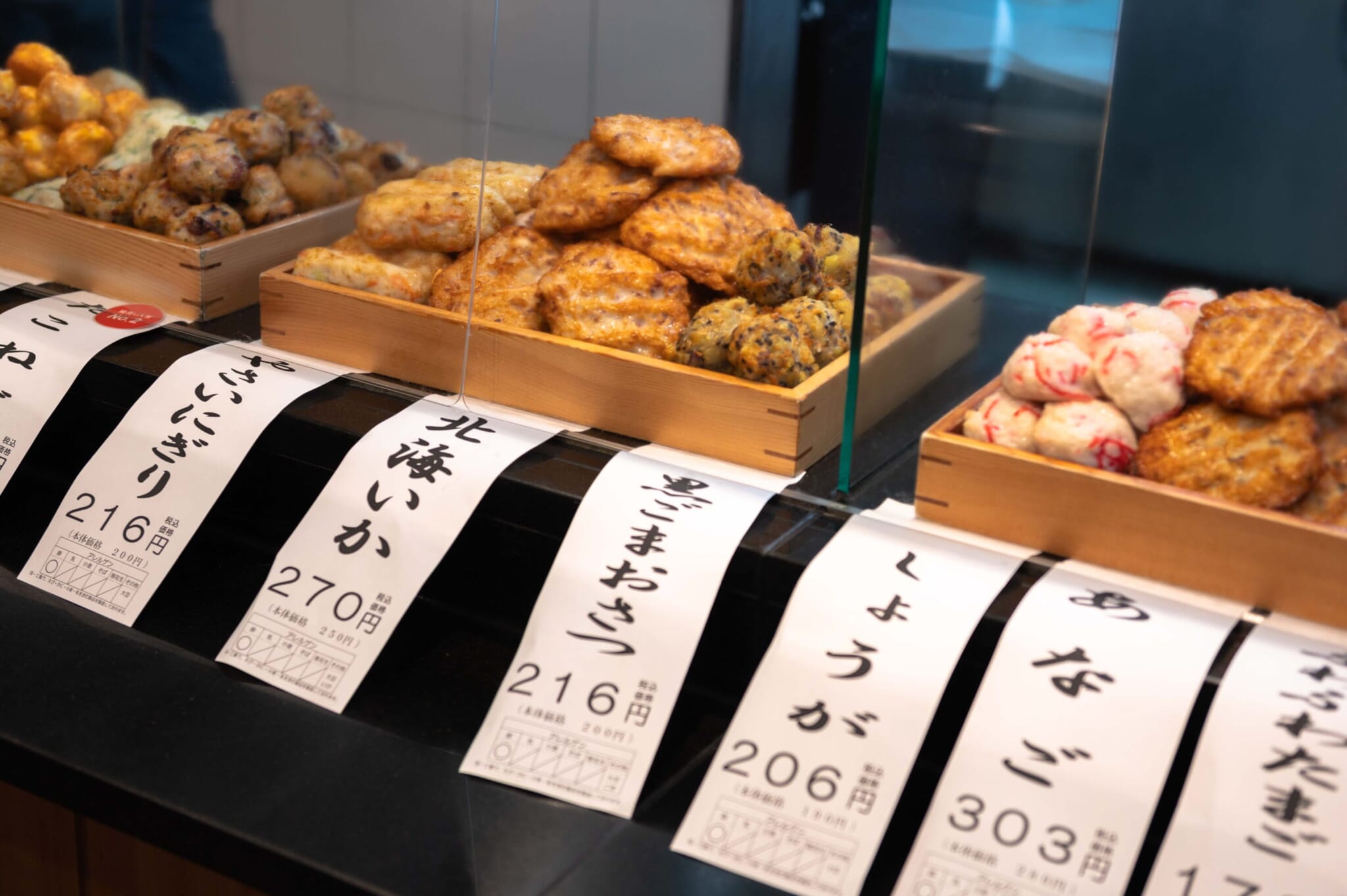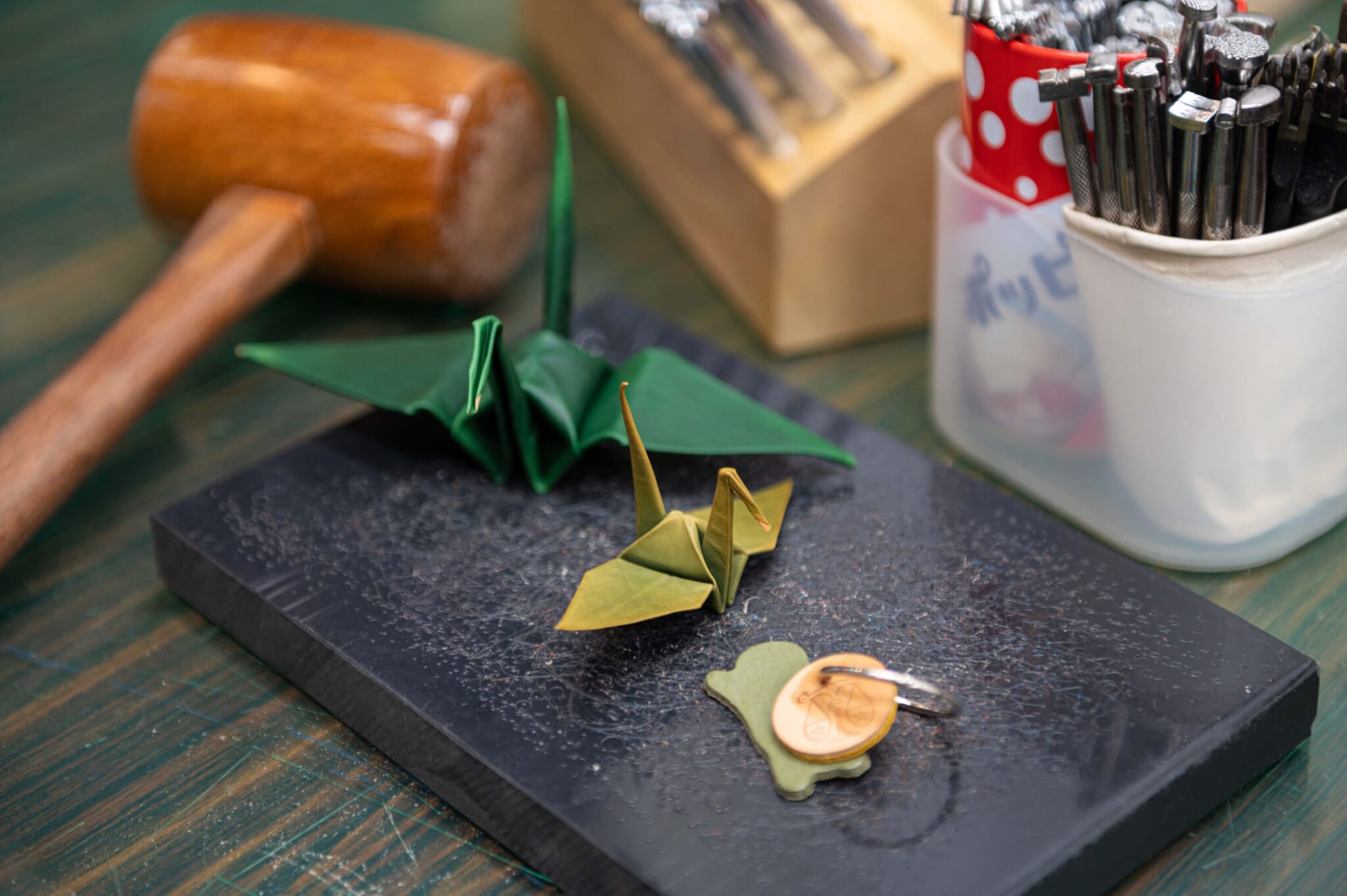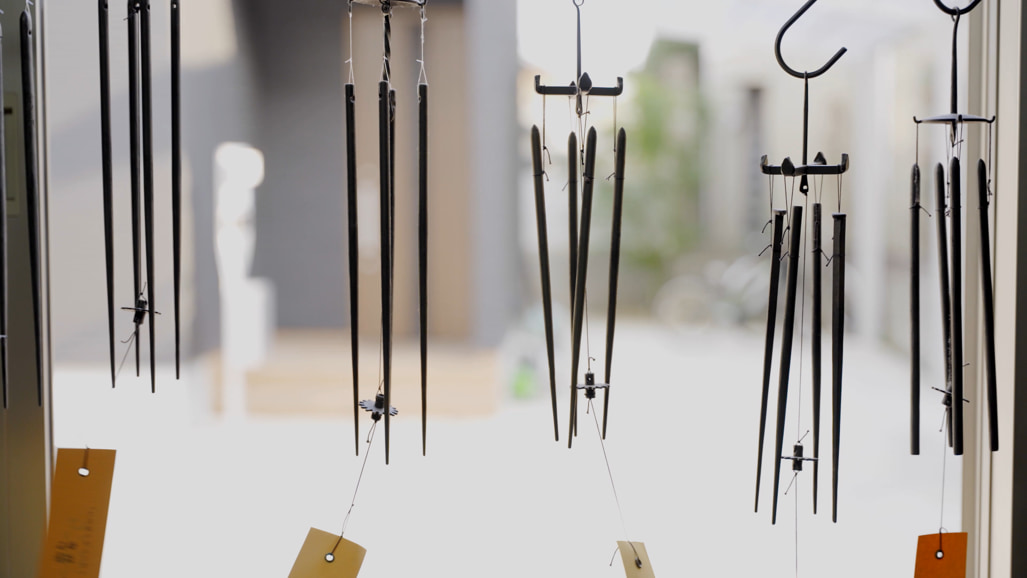Himeji Castle, nicknamed “White Heron Castle,” alone is well worth a trip to Hyogo Prefecture, but don’t make the mistake of snapping a photo and rushing back to hop on the next Shinkansen. Instead, plan a two-day stay where you can take in the culture, sights and local charms of Himeji. The castle is a must-visit but there are numerous other activities and experiences to try, too.
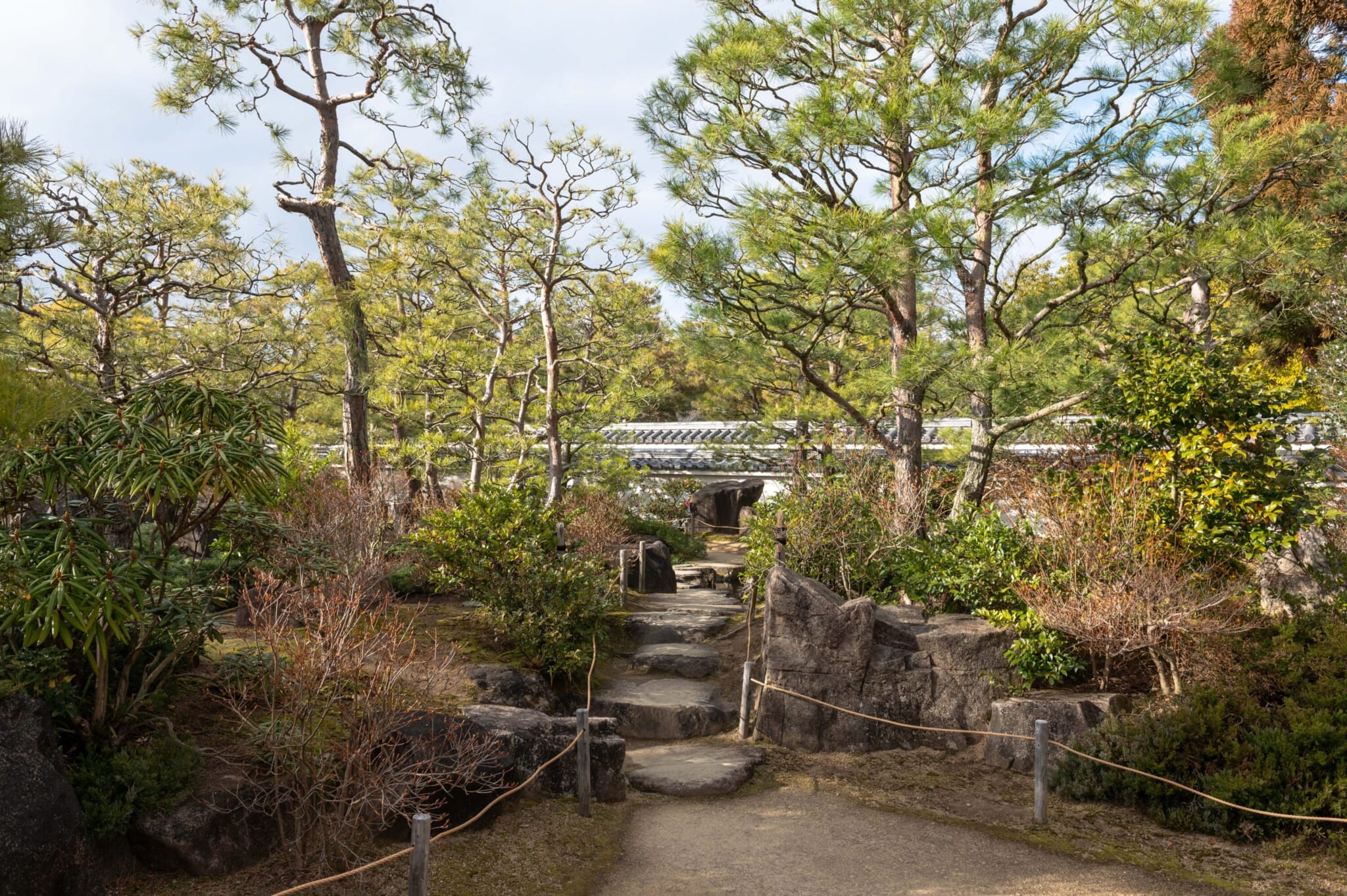
Kokoen
The expansive space around Himeji Castle makes for a perfect day out, and, near the west moat, there’s Kokoen. Kokoen is a cultural site that opened in April 1992 to commemorate the 100th anniversary of Himeji as a municipality. This green oasis consists of nine gardens, each boasting landscaping styles from the Edo Period (1603–1868) connected by streams, ponds and even waterfalls. You’ll see Himeji Castle peek beyond the trees, completing a postcard-worthy landscape often featured in Japanese historical films and TV series.
A conveniently combined ticket for both Himeji Castle and Himeji Kokoen is available. And don’t forget to wrap your visit with a break and sip on quality Japanese green tea inside the Souju-an teahouse.
Find Zen in Himeji
Standing for more than 1,000 years, Shoshazan Engyoji Temple is a historical site older than Himeji Castle itself. The Buddhist temple complex is perched on top of Mount Shosha amidst tranquil nature and is best accessed by cable car, the recommended scenic route. The site was featured in the Hollywood movie The Last Samurai and, more recently, in Snake Eyes: G.I. Joe Origins.
Visitors are encouraged to learn about Zen through activities such as guided meditation or sutra copying. If you time your visit right, you can participate in one of four spiritual events the temple opens to the public. See more details about these events here.
These longer stays include shojin ryori (Buddhist vegetarian cuisine). Shojin ryori is praised for its balance of flavors and use of seasonal vegetables. Visitors who want to sample shojin ryori can also go straight to the Juryoin building, where it’s served between April and November.
Taste the Best of Himeji
There’s a wide range of excellent food in Himeji. A recent delicacy and great contrast to shojin ryori is almond butter toast, a beloved local specialty. First introduced by Café de Muche, it consists of handmade fresh almond butter spread on toast, which is then baked in the oven. Customers can buy the butter itself to recreate the dish at home.
Another food item Himeji produces exceptionally well is kamaboko (fish cake), which is used in soba dishes, ramen and oden around Japan. At the Yamasa Kamaboko factory, visitors can tour the facilities and see how kamaboko and other types of fish cakes are made. You can also book workshops to make your own fish treat, either the classic white and pink kamaboko or the tube-like chikuwa. One-person bookings are welcome (perfect for solo travelers) but note that reservations are required.

Tatsuriki Brewery
A rule of thumb when traveling Japan is to sample local sake. This especially applies when in Hyogo Prefecture. Himeji and the surrounding areas are the home of renowned Yamada Nishiki rice. Sake brewers especially seek out this variety of rice for its absorbability.
Only certain breweries are marked GI Harima and exclusively use this premium rice, and Himeji is home to eight of them. Each of these breweries is worth a visit, but we recommend Tatsuriki Brewery, conveniently located less than a minute’s walk from Himeji Station. There, you can sample a range of drinks and buy bottles to take home. In the evenings, you can catch Tatsuriki’s master brewer and listen as he passionately explains the production process.
Souvenirs From Himeji
Himeji traditional crafts go back centuries. Leather making in the area has more than 1,000 years of history. In ancient times, high-quality Himeji leather was sought after for samurai armor, among other things. The city still accounts for a large share of Japan’s leather industry today, and Himeji leather is used in the design and fabrication of numerous fashion items and accessories.
Small leather souvenirs for travelers are popular and you can even book a workshop to make your own. At Himeusagi, you can try your hand at making leather origami cranes, a mini leather Himeji Castle with your name embossed, and various other accessories.
Another Himeji item made from samurai-grade materials is Myochin wind chimes, created by a longstanding family of armorers. With the dissolution of the samurai class and the Meiji Restoration, the family faced a drop in armor demand. The 52nd-generation artisan and head of the family, Munemichi Myochin, created elegant metal wind chimes using the same metals. Today, the 53rd-generation owner, Munetaka Myochin, carries the tradition, using metalworking know-how handed down over a millennium ago.
For more inspiration and information, check out Himeji’s official travel guide.

